1. Indigenous Religion
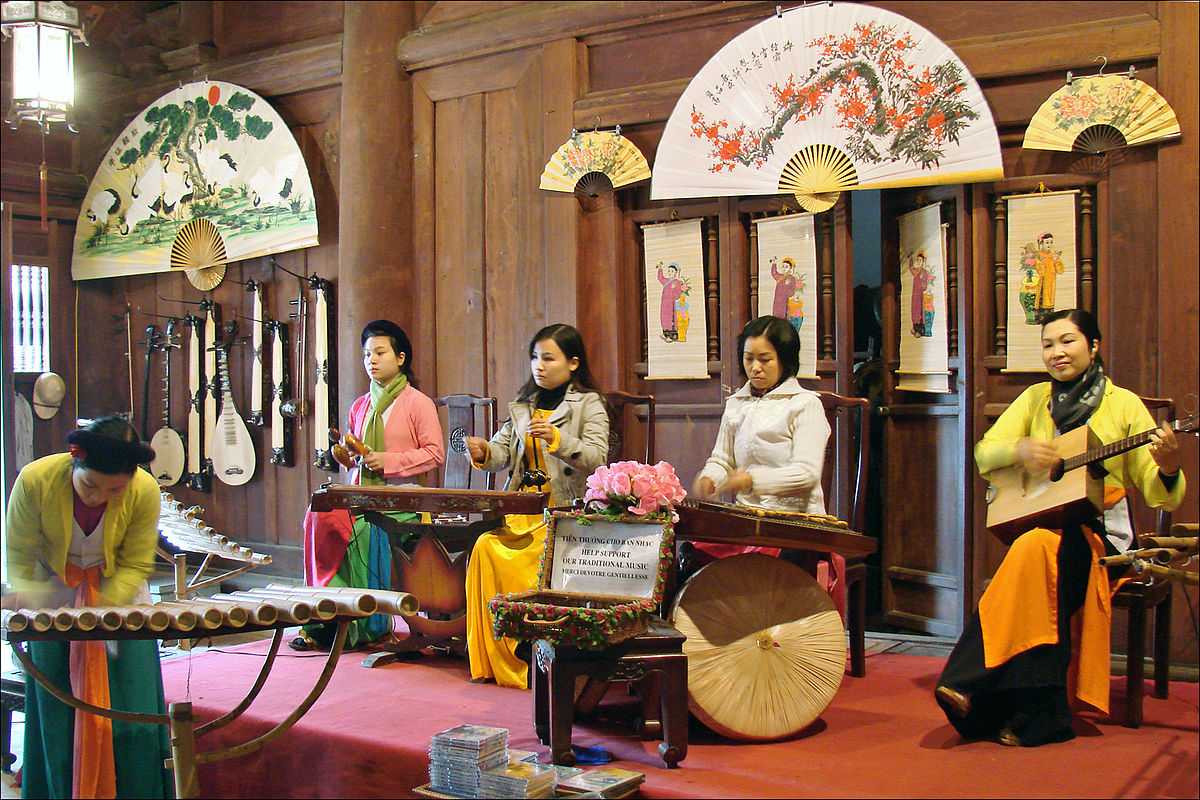
Source
Also known as the Vietnamese folk religion, it is a cluster of local worship rituals dedicated to a 'Than' which can roughly; however to gods or spirits. The families worship their ancestral gods, tutelary deities, nature gods and cultural deities. The Folk religion is also sometimes referred to as Confucianism as it carries certain beliefs that were preached by Confucius.
Some of the Vietnamese indigenous religions are elaborated below:
Dao Dua
A Christian, Buddhist Vietnamese named Ong Dao Dua, started Coconut Religion and gathered around 4000 followers in the 1900s. The followers would only eat coconut and consume coconut milk. The authorities later abolished the religion.Dao Mau
The followers of this religion worship mother goddess in the country, such as Thiên Y A Na, The Lady of the Realm (Bà Chúa X?), The Lady of the Storehouse (Bà Chúa Kho) and Princess Li'u H'nh, legendary figures like Âu C', the Trung Sisters (Hai Bà Tr'ng), and Lady Trieu (Bà Tri'u), as well as the cult of the Four Palaces. The communist government also abolished this religion as the practices were termed as superstitions, however, around 1987, the belief resurfaced, and it was legalised this time.2. Buddhism
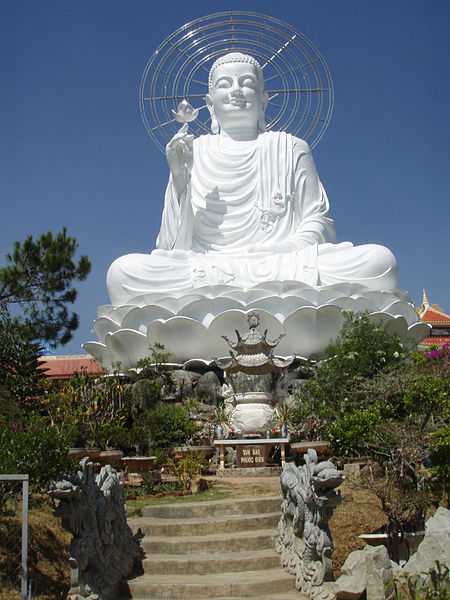
Source
The religion came to the country around the second century AD via routes from India and China. The Vietnamese community follows the Mahayana school where Buddhism is practised while some minorities follow the Theravada school (Khmer Krom community). The religious rituals practice in Vietnam is different from those that are followed in the Asian countries. The institutional structures and hierarchies in Vietnam are highly influenced by Taoism, Chinese spiritual practice and the Vietnamese Folk religion.
3. Christianity
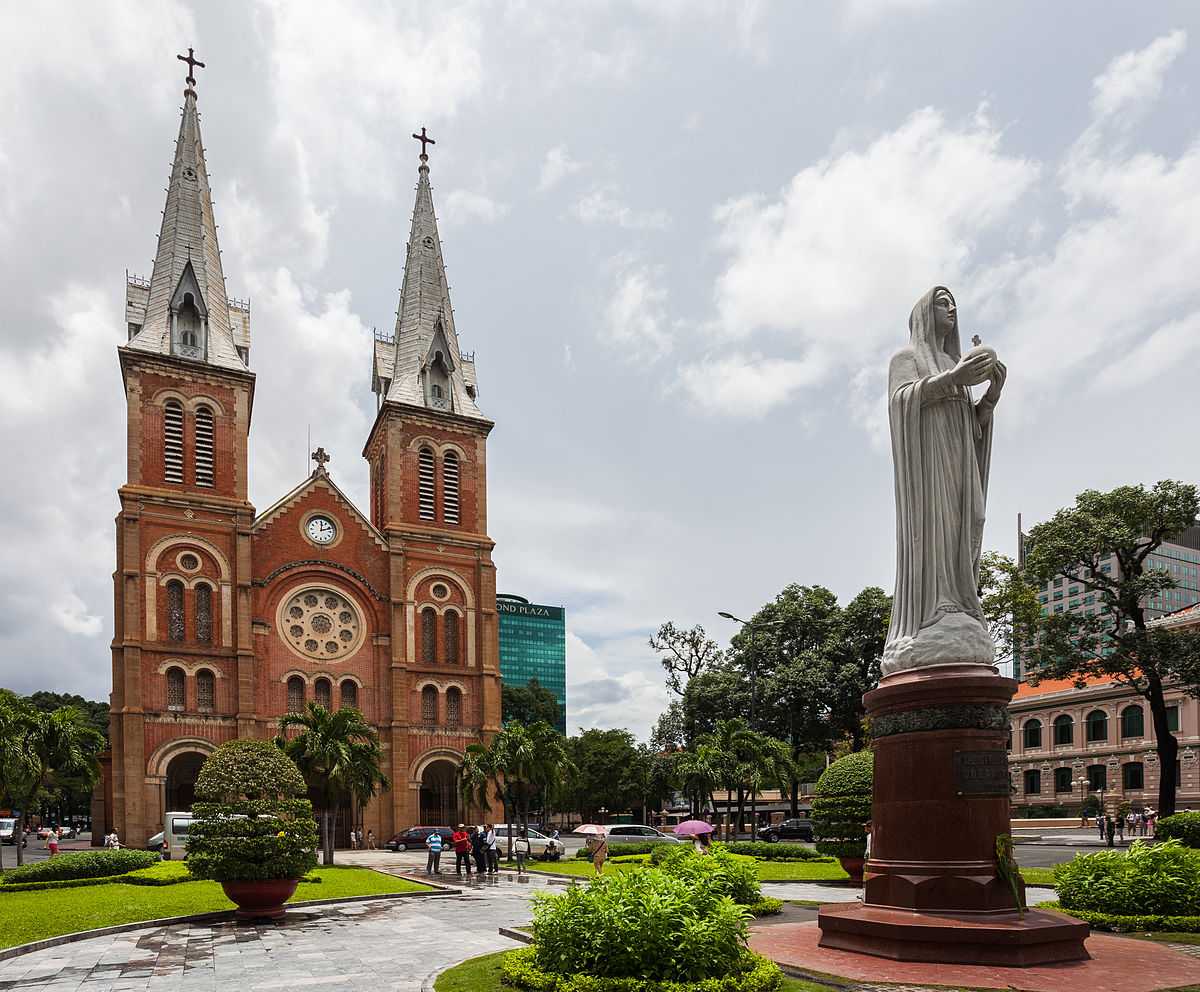
Source
The religion found its way into the country via Portuguese Catholic missionaries. Its influence over the Vietnamese population doubled up during the French colonial rule. Roman Catholicism is the most widespread Christian practice in Vietnam. Alexandra de Rhodes was the most significant contributor missionary in the period between 1624 to 1644. Da Nang was the person who introduced Protestantism in 1911. The government recognises the Southern Evangelical Church of Vietnam (SECV) and the smaller Evangelical Church of Vietnam North (ECVN) as the two official Protestant organisations active in the country.
4. Hinduism
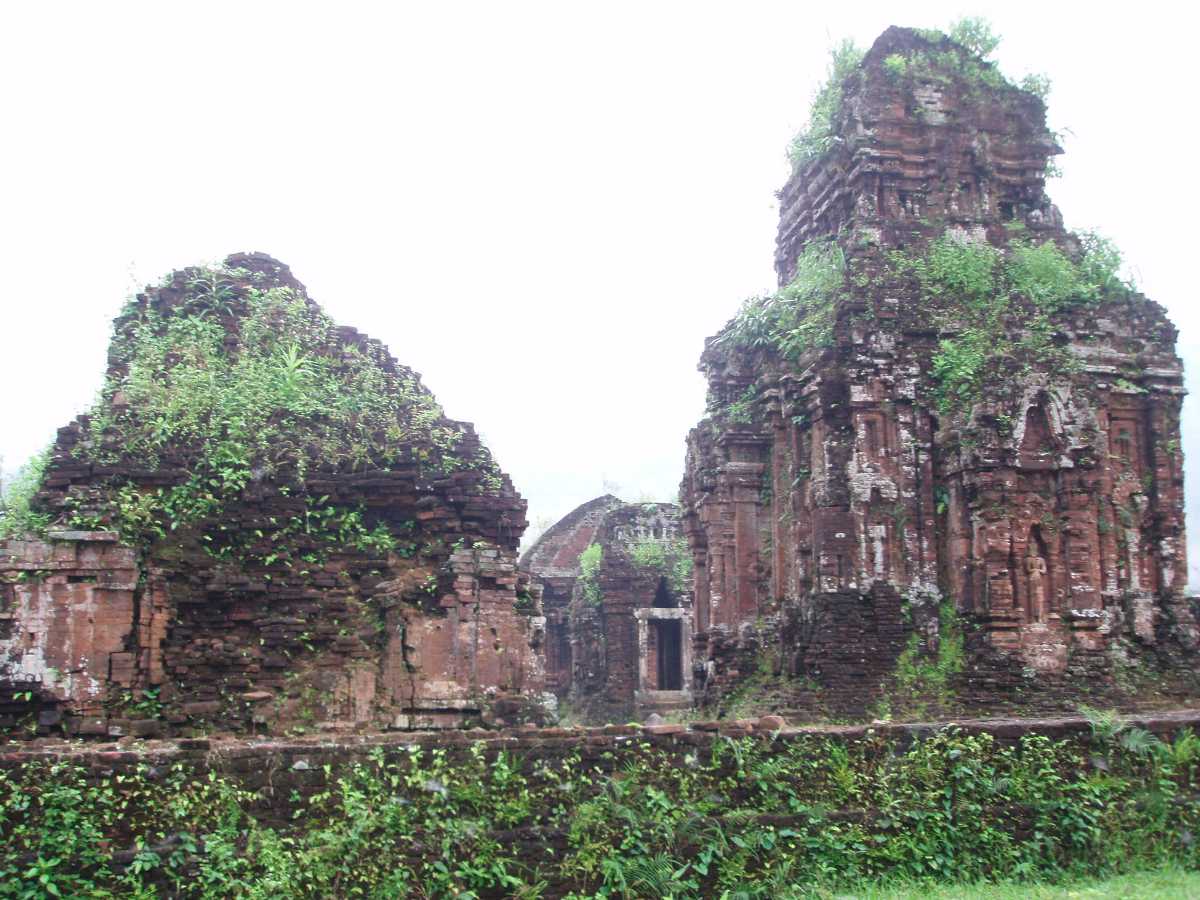
Source
The Cham ethnic group practices Hinduism traditions. The same minority group has constructed the Hindu temples in the country. These temples which are known are Bimong, are still visited by the followers of the religion. Among all the built temples, M' S'n, a UNESCO World Heritage site, is the most popular one in the country. A vast majority of the Cham Hindus are of the Nagavamshi Kshatriya caste. However, a significant minority of these people are Brahmins.
5. Islam
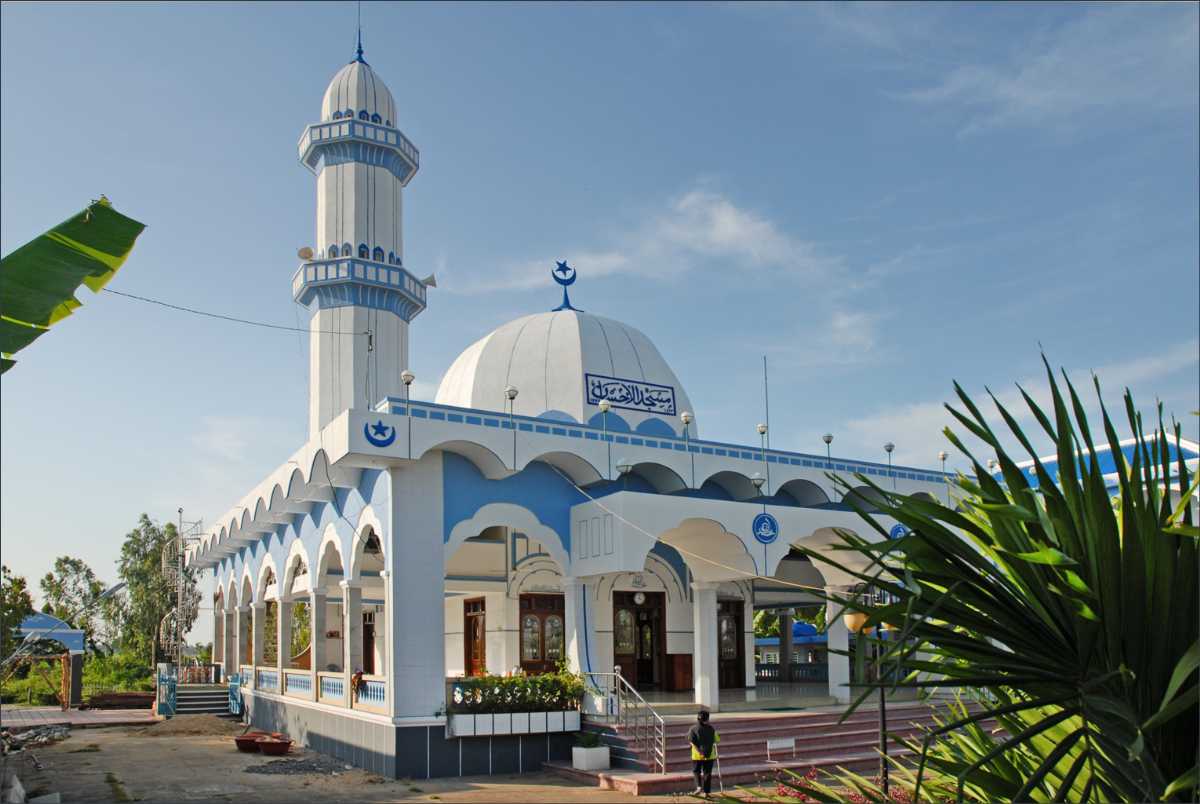
Source
While some groups of the Cham population follow Hinduism, another segment of the minority group adheres to Islam. It is believed that the religion set its foot on the land via trade routes tracing its roots from the Arab traders and the Tang Dynasty in China. The Cham Muslims follow a distinct version of their Islamic theology, in which they celebrate Ramada for only three days, and the circumcision is done symbolically and not physically where the religious supreme gesticulates a circumcision. The Cham people trace close association to the Malay people. According to the legends, the third Caliph, Uthman ibn Affan was the first one to send a convoy of religious members to the country. It was in the 19th century that Cham Muslims came from Cambodia to settle in the Mekong Delta region in Vietnam which further increased their influence in the country.
6. Baha'i Faith
The Baha'i Faith which started in the 1950s in the country had most of its followers in the southern region. The number of followers which was more than 200,000 drastically decreased with the new set of bans against the community after the Vietnam war. While the religious leaders were in constant negotiation over the years, it was in the year 2007 when the Bahai Faith was nationally recognized. By the year 2012, a survey revealed a total of 8000 followers of the Bahai Faith. It was first introduced by Abdul Baha who mentioned that the country could be a suitable destination for the Bahai leaders.7. Judaism
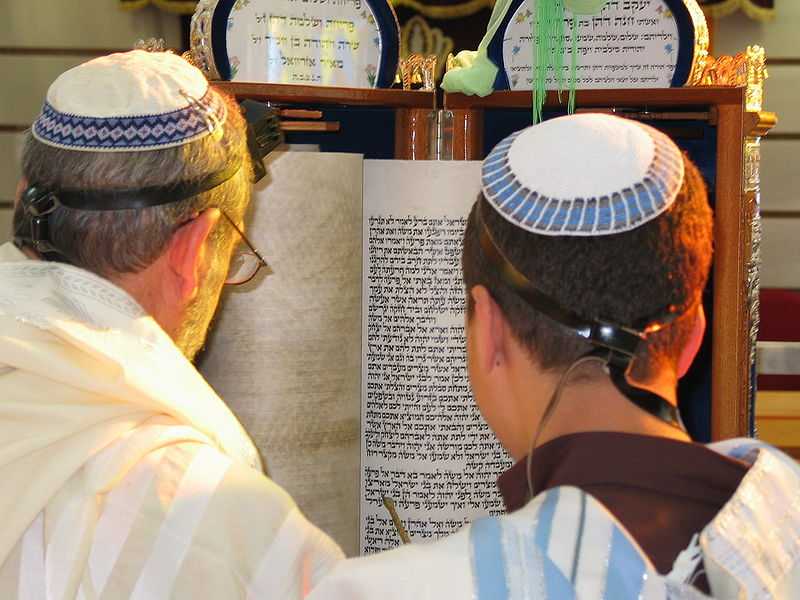
Source
The Jews entered the country with the French Colonization as their settlements in Saigon can be found stated in the famous London-based Jewish newspaper published between the 1860s and 1870s. While the anti-Semitic brought in strict rules and regulations for the Jews, they were later removed in 1945. With the French leaving the country, the Jewish population was also reported to be leaving their settlements as there was no system in place for Jewish communal structure. In the present day, the Jewish community contributes a tiny percentage of the overall population of the country, and these people are mostly expatriates.
Vietnam is a land of multiple religions which can be freely practised by the Vietnamese population. However, the government imposes certain restrictions on any planned religious activity by any of the group. Often these religions are perceived in a negative shade when the communist government assumes them to be playing a threatening role to their rule in the country. In the recent years, however, the country has become more liberated regarding allowing its people to practice the religion they believe in. Despite the land's diverse faith and their followers, Vietnam is rich in its mesmerising landscapes, beaches, lush green rice terraces, dense forests, high mountains, fertile delta, picturesque beaches and much more. A country with a population following different religions, holidaymakers can relax and enjoy this fantastic destination with its extravagant French colonial past and go on a tuk-tuk ride on the busy streets of the city to indulge in the true essence of the Vietnamese life.
